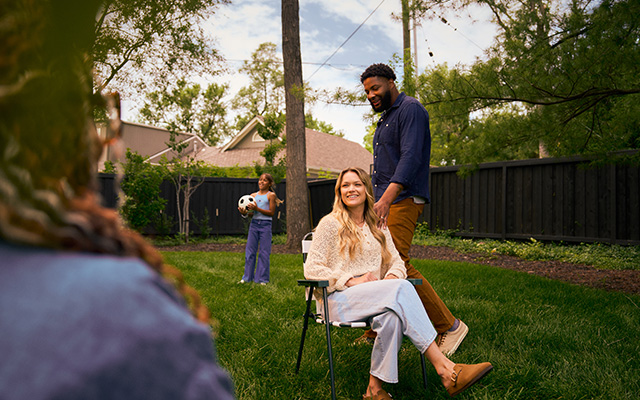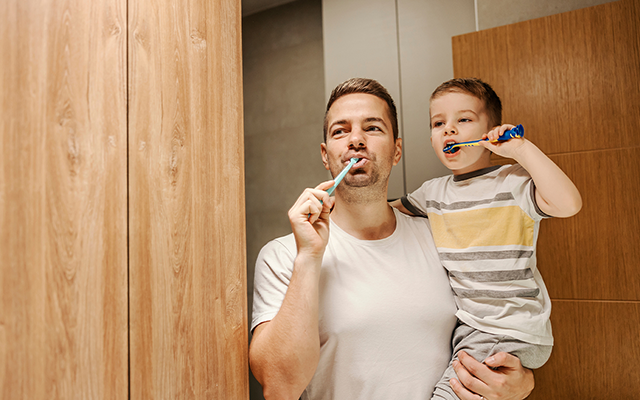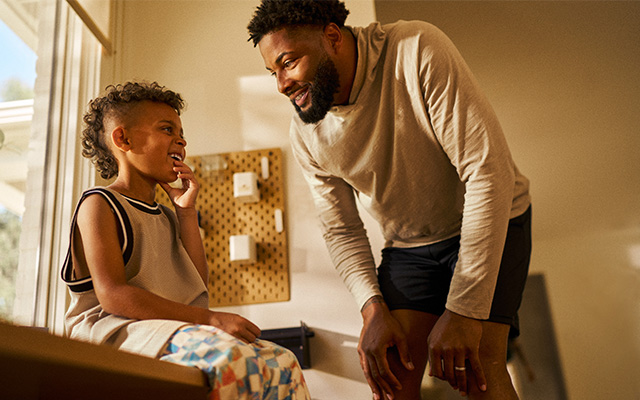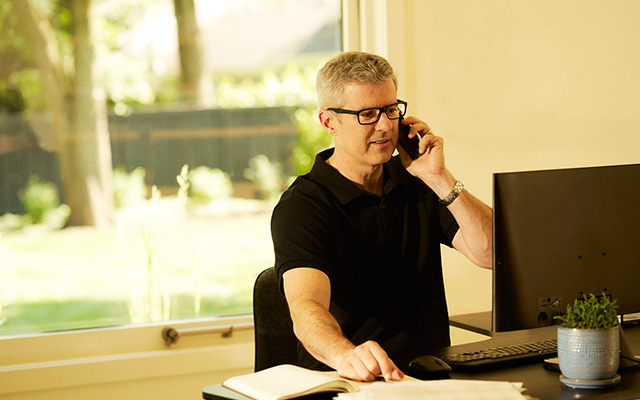How to prevent common running injuries
GEHA | May 20, 2022
Running is a great way to get in shape, but it can also lead to injuries. Knowing about common injuries and how to prevent them can keep you on track toward reaching your fitness goals.
Experts recommend the following strategies to prevent injuries:
Identify your running goals. You may choose to start running to lose weight, increase cardiovascular fitness or socialize with friends. Whatever the reason, it's a good idea to identify this goal when creating your exercise program. If you want to improve cardiovascular fitness, for instance, you should run at a quick pace to maximize your heart rate. If you're running to lose weight or reduce body fat, it's better to run at a slower rate for a longer time. Depending on your goal, your health care provider or personal trainer may decide that a modest walking or jogging program is appropriate. Setting goals helps you follow a safe pace and keeps you from overexertion, which can result in injury.
Have a physical evaluation. Certain health problems may hamper your running performance and increase your risk for injury. Specifically, osteoporosis, arthritis, and other degenerative joint diseases can increase your injury risk. If you have any significant health issues, you should discuss these with your provider before you start to run.
Warm up before you run and stretch after you run. Doing so can prevent some of the most common injuries. It's most important to stretch muscles that move your leg and ankle joints. These include the calf muscle, which moves the knee and ankle, and the hamstring, which moves the knee and hip. To warm up, walk or gently jog for 5 minutes. Cool down at the same pace for another 5 minutes at the end of your run.
Wear the correct shoes. Buy running shoes at an athletic store, where a salesclerk can help you choose a shoe that fits your foot type. This can help prevent injuries. Replace your shoes every six months if you run frequently.
Common injuries
The following injuries are common among runners:
- Achilles tendinitis. This injury is marked by dull or sharp pain along the back of the Achilles tendon, but usually close to the heel. You may notice limited ankle flexibility.
- Why it happens: Tight or fatigued calf muscles (from not stretching properly, increasing mileage too quickly, or overtraining) transfer too much of the burden of running to the Achilles; under too much stress, the tendon tightens and is overworked, which causes irritation or inflammation.
- The fix: Perform isometric calf raises for pain relief, then eccentric calf raises to build strength. To do this, place your toes on a raised stair or step and let heels hang off. Shift the majority of your weight on one side, lift onto your toes, keeping the crease of the ankle joint in line with the second toe, and hold that position for 10 seconds. Repeat five times, then repeat on the other side. Then lift both heels and lower one foot slowly until heel drops below the stair or step; do 3 sets of 10 reps on each leg.
- Plantar fasciitis. The plantar fasciitis is a fibrous band of tissue in the bottom of the foot. An injury here feels like a sharp stab or deep ache in the heel or along the arch of the foot, especially in the morning, after sitting for long periods of time, or during the push-off phase of your gait.
- Why it happens: Drastic or sudden increases in mileage, poor foot structure, tight calves, excessive uphill running and inappropriate running shoes can overload the plantar fascia. This stress can cause tiny tears in the plantar fascia, causing heel pain and inflammation.
- The fix: Strengthen the foot muscles, specifically in the arch, with toe yoga. To do this, remove your socks and shoes and stand tall on both feet. Splay your toes and feet out so weight is distributed evenly. Lift just your big toe while keeping the remaining on the ground. (It's harder than it sounds!) Hold for 2 seconds while keeping the small toes relaxed. Lower and repeat 20 times. Then switch and keep your big toe down while lifting toes two to five up. Hold for 2 seconds. Lower and repeat 20 times. Try not to let the foot roll inward.
- Shin splints. This injury is caused by overuse or poor conditioning. It gets worse when you run on hard surfaces. This injury causes pain on the inside of the shinbone and usually appears during and after exercise and when you press on the affected area on the lower leg.
- Why it happens: Repetitive stress on the shinbone and the connective tissues causes microscopic tearing of the muscle away from the bone, generally as a result of too much activity (i.e. upping your mileage too quickly) and poor body mechanics (especially overstriding).
- The fix: Protect yourself by strengthening your feet, ankles, calves, and hips, which support your shins with specific exercises. One good exercise is to loop a mini band around your feet and gradually move your feet apart until you feel resistance on the band. Flex one foot so toes lift up off the ground, then slowly lower your toes back to the ground. Do 3 sets of 10 reps on each foot. Once your symptoms have eased, you should make changes in the distance you run and your speed.
Sources:
“How to prevent common running injuries.” urmc.rochester.edu, University of Rochester Medical School.
“Shin splints – self-care.” Medline Plus, National Institutes of Health, National Library of Medicine, reviewed 12 December, 2022.
“Plantar fasciitis.” Medline Plus, National Institutes of Health, National Library of Medicine, reviewed 8 June, 2022.
“Achilles tendon injuries.” cedars-sinai.org, Cedars-Sinai, 2021.
The information contained herein is for informational and educational purposes only. This information is not a substitute for professional medical advice and if you have questions regarding a medical condition, regimen, or treatment you should always seek the advice of a qualified health care provider. Never disregard or delay seeking medical advice from a qualified medical professional because of information you have read herein.











